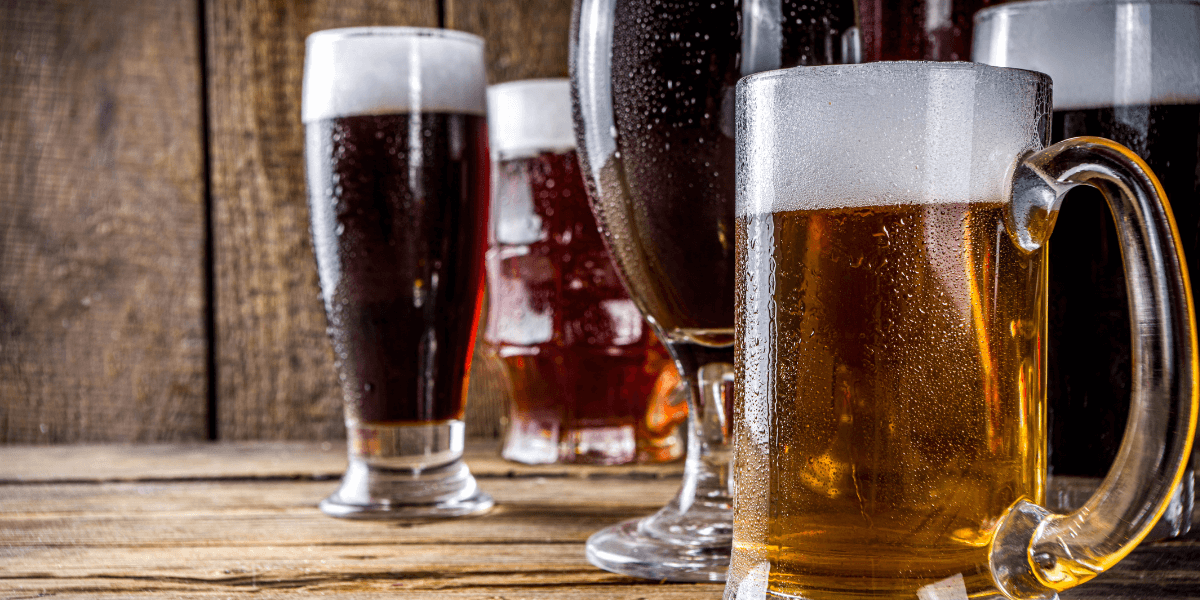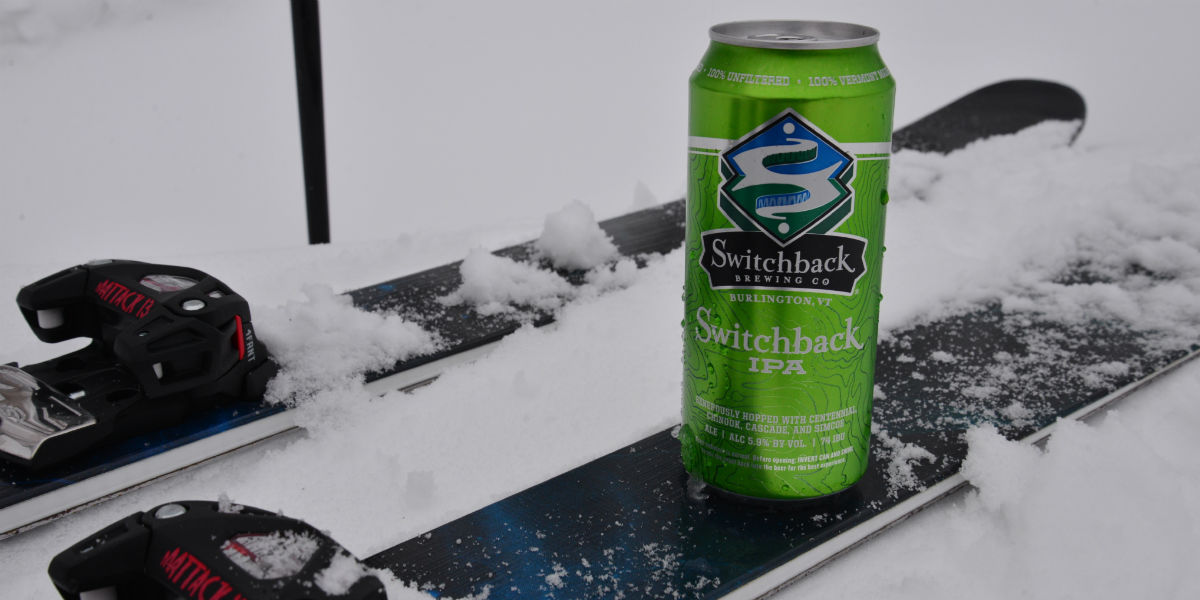
As a craft beer enthusiast and homebrewer, one of the most exciting and rewarding styles to brew has to be the New England IPA (NEIPA). With its cloudy appearance, juicy hop profile, and soft mouthfeel, brewing New England IPAs has become a popular trend among beer lovers.
In this article, I’ll walk you through the process of brewing New England IPAs, discussing everything from choosing the right ingredients to managing fermentation. Whether you’re a seasoned brewer or just getting started, this guide will provide you with all the knowledge you need to create a standout NEIPA at home.
How to Brew NEIPAs
What Makes New England IPAs Unique?
New England IPAs, sometimes known as Hazy IPAs, stand out from other IPA styles due to their hazy appearance, fruity aroma, and smooth mouthfeel. Unlike traditional West Coast IPAs, which tend to be clear and heavily bitter, NEIPAs are brewed to have a clouded look and a more subdued bitterness. This style emphasizes juicy hop flavors, often with tropical fruit notes like pineapple, mango, and citrus.
One of the key elements in brewing New England IPAs is the technique used to extract hop flavors without overwhelming bitterness. The result is a beer that’s bursting with hop aroma and flavor but with a smooth, drinkable body that appeals to a wide range of beer drinkers.
Ingredients for Brewing New England IPAs
Choosing the Right Grains
When brewing New England IPAs, the choice of grains plays a significant role in achieving the desired hazy appearance and smooth mouthfeel. Most NEIPAs are brewed with a significant portion of oats or wheat in the grist. These grains contribute to the haze by increasing the protein content, which helps retain the hop compounds that give the beer its fruity character.
You’ll want to use a base malt, such as Pale Malt or Pilsner Malt, as the foundation for the beer. Adding around 20-30% of oats or wheat to the mash will help create that smooth, silky texture that defines New England IPAs. Additionally, some brewers will add a small percentage of CaraPils or dextrin malt for extra body and mouthfeel.
Selecting Hops for Brewing New England IPAs
Hops are arguably the most important ingredient when brewing New England IPAs. The key to creating the signature juicy, fruity flavor of a NEIPA is in the selection and timing of the hop additions. Unlike traditional IPAs, where most hops are added during the boil, New England IPAs benefit from hop additions during the whirlpool, dry hopping, and even at fermentation.
For NEIPAs, you’ll want to focus on late-hop additions, as well as heavy dry hopping. Varieties like Citra, Mosaic, Simcoe, and Amarillo are popular choices due to their tropical fruit flavors. You can also experiment with newer hops like Sabro, Idaho 7, and Azacca for more unique flavor profiles. The goal is to emphasize the aroma and flavor rather than the bitterness.
Yeast Selection
When brewing New England IPAs, selecting the right yeast is just as important as choosing the right hops. NEIPAs benefit from a yeast strain that can enhance fruity esters and ferment at a relatively high temperature. A clean, American ale yeast is typically used, such as Wyeast 1056 or Safale US-05. These strains allow the hops to shine while maintaining a smooth, well-rounded body.
Some brewers also opt for a yeast strain like London Ale III, which can produce a slightly more fruity profile and contribute to the haze. However, the yeast choice should complement the overall hop flavor profile, and you should aim to avoid strains that contribute too much phenolic or spicy character.
The Brewing Process: Step-by-Step
Step 1: Mashing
Start by mashing your grains at a temperature of around 152°F (67°C). This will allow for optimal sugar extraction and the development of fermentable sugars, which are crucial for achieving the right alcohol content and mouthfeel. Be sure to include oats or wheat in your grain bill to help promote haze retention and smooth texture.
After mashing, you’ll need to lautering and sparging the wort to remove any residual solids. The wort should be clear and free of large chunks of grain before you begin boiling.
Step 2: Boiling and Hop Additions
While traditional IPAs often add most hops during the boil, when brewing New England IPAs, you’ll want to reserve most of your hops for later in the process. Start by bringing the wort to a boil and adding hops for bittering, but keep the addition minimal. You’re aiming for a balanced bitterness, not the harsh bitterness that’s characteristic of other IPA styles.
Once the boil has finished, cool the wort down quickly to around 170°F (77°C) for the whirlpool hop addition. This is where you’ll add the bulk of your hops, allowing them to impart flavor without contributing too much bitterness. After the whirlpool, cool the wort down further and transfer it to your fermenter.
Step 3: Fermentation
Now it’s time to let the yeast work its magic. Pitch your yeast into the cooled wort and allow it to ferment at a slightly warmer temperature, around 68-70°F (20-21°C). NEIPAs benefit from fermentation on the higher end of the yeast’s temperature range, as this encourages fruity ester production that complements the hop flavors.
During fermentation, you may notice some haze forming, which is perfectly normal. This haze is a combination of proteins, hop oils, and yeast byproducts, all of which contribute to the final flavor and texture of the beer.
Step 4: Dry Hopping
Dry hopping is where brewing New England IPAs truly shines. After fermentation has finished, it’s time to add another large dose of hops. Most brewers will add dry hops after primary fermentation has completed to preserve the hop aroma. Add your hops to the fermenter and let them steep for around 3-5 days.
You can choose to do a single dry hop addition or split it into multiple stages to enhance complexity. The key is to add the hops at a time when they will impart maximum aroma and flavor without contributing too much bitterness.
Step 5: Packaging
After dry hopping, allow the beer to rest for a few more days to ensure that the hops fully infuse into the beer. Once you’re satisfied with the flavor profile, it’s time to package your New England IPA. Whether you’re bottling or kegging, be sure to avoid introducing oxygen during packaging to maintain the fresh hop aroma.
Troubleshooting Common Issues
While brewing New England IPAs is an exciting journey, it’s not without its challenges. Here are a few common issues and how to address them:
- Excessive Haze: While haze is desirable in a NEIPA, too much can be a sign of insufficient fermentation or overuse of high-protein grains. If your beer is too cloudy, ensure that fermentation has completed fully before packaging and try using a blend of grains that promotes a clean, but still hazy, beer.
- Underwhelming Hop Flavor: If your hop profile doesn’t come through as expected, consider adjusting your dry hopping schedule or adding hops at different stages of fermentation. Freshness is key for NEIPAs, so be sure to use high-quality hops.
Conclusion
Brewing New England IPAs is an exciting and rewarding experience, especially when you understand how to properly manage the hop schedule and fermentation process.
By focusing on hop flavor and aroma while keeping bitterness in check, you can create a beer that embodies everything that makes NEIPAs so appealing. Brewing New England IPAs allows you to experiment with different hop varieties, yeast strains, and techniques, making it an endlessly creative process.
Whether you’re a seasoned brewer or a newcomer to the craft beer world, I hope this guide to brewing New England IPAs inspires you to dive into the haze and create a batch that’s full of flavor, aroma, and that signature cloudy charm.




